Top Image: Sit-down strikers in the Fisher Body Plant Factory, No. 3, Flint, Michigan, January-February 1937. Credit: Sheldon Dick. Farm Security Administration, Office of War Information Photograph Collection (Library of Congress Prints and Photographs Division).
If we take Imperial Japan’s invasion of China in July 1937 as the advent of World War II, then 1936 was the last full year of peace before a new—and unprecedented—conflict engulfed the planet. This seemingly banal observation is greatly complicated, though, when we acknowledge how tumultuous 1936 was. For the purposes of this article, I actually want to set to one side what would normally and understandably be taken to be the sources of that tumult: the moves by Fascist Italy, Nazi Germany, and Imperial Japan. Hitler’s remilitarization of the Rhineland in March 1936, Mussolini’s victory in Ethiopia that May, the offer of critical Italian and German support to Francisco Franco’s uprising against a democratically elected government in Spain in the summer of that year (leading to declarations about a Rome-Berlin Axis), and the Japanese state’s signing of the Anti-Comintern Pact with the Third Reich in November tend to shove aside most everything else when we remember this final pre–World War II year.
But focusing only on these actions occludes another central development of the mid-1930s: the explosion of worker militancy in several of the capitalist democracies. In fact, it was a calendar year dense with socioeconomic conflict—and undeniable gains achieved by workers organizing or consolidating themselves into unions in the long-established democratic systems of the United States, France, and Belgium, as well as in the newly-founded (1931) Second Republic in Spain. Working women and men fought for the right to form and maintain their own organizations—in these cases, unions—and for the right to collectively bargain with the employer class. Such political demands were not separated from calls for higher wages and better working conditions. Ultimately, the working classes of these nations strove for more control over their lives and over the amount of their time capitalists could annex.
With the exception of Spain, though, this wave of mass strikes and demonstrations did not aim at an overthrow of the capitalist system of production. Rather, they contributed mightily to the further democratization of capitalist democracies, no small feat with existing parliamentary democracy and, with it, organized labor under virulent assault everywhere in the 1930s. Said directly, the strikes and protests of 1936 were, undoubtedly, reformist in nature but, to qualify, they constituted a fierce and radical brand of reformist class politics producing lasting results in Western Europe and the United States. Labor militancy from this time also set the stage for workers, individually and collectively, to battle against fascism in World War II, whether on their home fronts by winning the race to “out-produce” the enemy or directly in resistance movements in Nazi-dominated Europe.
This piece, the first of two, contends with the strike waves of 1936 (with some brief attention to 1937) in the United States and the reelection of President Franklin Delano Roosevelt in November of that year. The groundswell of worker activism and national legislation, both constitutive moments of 20th-century American history, shaped each other, comprising a kind of synergy between the grassroots and national institutions.
The Great Depression, the most acute crisis in the history of the capitalist mode of production, was the fundamental precondition for workers to take to the streets and initiate bold actions in workplaces. In its seventh full year in 1936, the economic downturn had already devastated societies around the world. A global iconography of post-1929 deprivation formed out of the jarring sight of idle plants, breadlines, marches of the unemployed, “Hoovervilles” (in the United States), and headlines about tariffs and the need for budgetary belt-tightening. These images, burned into collective memory, revealed just how interconnected and interdependent a system capitalism was.
For laboring women, men, and children, seemingly abstract, impersonal forces had impinged concretely on their lives. Even more than World War II, the Great Depression provided some real unity to the history of the planet. No country was unaffected by it, not even the Soviet Union, which, leaving aside the horrors inflicted on the Soviet peoples by the Stalin regime during the ’30s, did escape, through centralized planning (the Five-Year Plans) and massive and brutal state intervention, the mass unemployment experienced elsewhere. Unemployment reached 25 percent in the United States and 30 percent in Germany, to name two prominent examples.
As is well known, the lack of success in mastering this socioeconomic catastrophe led to Democrat Roosevelt’s resounding defeat of incumbent Republican President Herbert Hoover in the 1932 election. The New Deal, the “alphabet soup” of programs designed to kickstart a recovery, was rolled out in early 1933.
American workers did not simply wait, however, on the federal government (nor state and local governments either) to deal with the crisis. They chose to act—to demand not only government intervention but also to build their organizations and to transform their lives.
In 1934, a year after the introduction of the New Deal, two major strikes grabbed the nation’s attention. First, in Minneapolis, Minnesota, the Teamsters’ Strike, which started in May, resulted when companies in the city, a key center for hauling and distribution in the Midwest, refused to recognize the International Brotherhood of Teamsters. A general drivers’ strike was declared. Victory came that August, following police violence against strikers (two picketers, Henry Ness and John Belor, were shot and killed by police in an incident in July remembered by the Teamsters as Bloody Friday), a declaration of martial law by Minnesota Governor Floyd B. Olson, and a massive mobilization of workers, women as well as men, to run a strike committee, issue a newspaper, organize a food commissary, set up a hospital, and coordinate protests. Businesses in Minneapolis finally recognized the Teamsters in late May. Along with recognition of the union, elections at workplaces were guaranteed, and many workers won substantial pay increases. Though not a revolutionary action, revolutionaries, such as the Trotskyists Carl Skoglund, the Dunne Brothers, Farrell Dobbs (who later wrote a major history of the strike), and James P. Cannon, played a defining and radicalizing role in the Minneapolis Teamsters’ Strike.
That same spring and summer, tens of thousands of maritime workers carried out the Great Maritime Strike (or simply the “Big Strike”) of 1934 on the West Coast. Beginning in May, the International Longshoremen’s Association launched what would be an 83-day strike, shutting down shipping in ports from San Diego to Seattle. Eventually, some 135,000 workers became involved, expanding from longshoremen to encompass sailors, engineers, stewards, pilots, oilers, and drivers (some Teamsters supported the strike). A general strike was called in San Francisco. Some eight strikers were killed in confrontations with strikebreakers and with police, and the shutdown cost businesses tens of millions of dollars. When the Roosevelt Administration arbitrated through the National Longshore Board, workers overwhelmingly accepted a proposal from employers. The Longshoremen prevailed in their demands for union recognition, higher wages, and control over hiring halls. As a consequence, ILA figures like Harry Bridges and Henry Schmidt won admiration in much of the American labor movement.
These two strikes—and these are only two—gave impetus to the drive for the new national laws to regulate relations between labor and capital in the US. They also furthered the push for a new organization that would represent workers in mass-production industries—the Committee (later Congress) of Industrial Organizations (CIO), created in 1935 originally within the American Federation of Labor (AFL) and led by John L. Lewis of the United Mine Workers of America.
For many American union leaders, Roosevelt’s first term exhibited startling openness to workers’ concerns and a vast array of progressive legislation. Due to the efforts of Secretary of Labor Frances Perkins, New York State Democratic Senator Robert F. Wagner, and Roosevelt himself, a bevy of laws were passed in 1935 that scholars have termed the Second New Deal. While the Works Progress Administration (WPA) provided thousands of jobs in public works projects (e.g., bridges, roads and streets, airports, public buildings, and electrification) to those out of work, the National Labor Relations Act, or Wagner Act (after Senator Wagner), enshrined the right to collective bargaining (put forward in the 1933 National Industrial Recovery Act) and established a National Labor Relations Board (NLRB) to oversee elections for union recognition, grounded in principles of majority voting. This new NLRB had the power to compel businesses to recognize unions once elections were held. Not to be forgotten was the Revenue Act of 1935, which raised taxes on the wealthy to 75 percent of their incomes. This measure, while vehemently opposed by the rich, assured workers that the resilience needed to exit the Depression would also require real sacrifices by the top layers of society and would reduce economic inequality. Such programs complemented the creation of Social Security, a program that fostered workers’ ability to envision a retirement from otherwise perpetual labor.
Sensing an atmosphere friendlier to labor activism, unions wielded the strike frequently in 1936, surpassing what had been done during the Roosevelt Administration’s first few years. Over 2,100 strikes occurred in 1936, 8 percent more than in 1935 and 17 percent more than in 1934. About two-thirds of these actions could be pinpointed to four states: New York, Pennsylvania, California, and Ohio. While the total number of workers involved dropped from the previous two years, eight of the strikes included 10,000 or more workers. Most of the work stoppages happened in textile industries, followed by construction and transportation and communication. Some episodes of labor action have been forgotten. For instance, in Pekin, Illinois, a three-day general strike initiated by distillery workers took place in February 1936 and secured recognition of their union..
If events in Minneapolis and on the West Coast had filled the pages of the American press in 1934, it was the activities of rubber workers in Akron, Ohio, in February 1936 that became national news. The newly established United Rubber Workers, in the capital of the rubber industry with household names like Goodyear, Firestone, and B.F. Goodrich, faced wage cuts and the speeding up of production. Under the leadership of Sherman Dalrymple and emboldened by the passage of the Wagner Act, the URW brandished a weapon utilized by rank-and-file workers two years earlier, before the union’s creation, in a strike against the General Rubber and Tire Company: the sit-down strike. This entailed workers ceasing to labor but continuing to be physically present at the factory. The sit-down weakened the ability of management to end strikes by introducing replacement workers (derided as “scabs” by the unions) and discouraged violence against strikers, because employers’ property might be harmed. When Lee D. Schroy, Akron’s mayor, tried to call in police to stop the strike, police resisted. Successful in 1934, this strike technique was again a success for the United Rubber Workers in February and March 1936 as they challenged Goodyear, the leader of the US rubber industry. Goodyear agreed to recognize the union and offered its workers much improved contracts. The sit-down would have a long life after Akron.
The strike in Akron presaged months of labor activism in 1936 that certainly contributed to the direction taken by Roosevelt in his first reelection campaign. While unemployment, which had soared to 25 percent before his election, had been reduced to 17 percent, that number certainly did not comfort workers. Understanding the moment, Roosevelt’s rhetoric moved sharply leftward in 1936. Facing Alfred Landon, the Republican governor of Kansas, he assailed the interests of “organized money.” The latter were “unanimous in their hate for me,” Roosevelt declared, “and I welcome their hatred.” He warned the American public that sections of big business planned to discard democracy and replace it with an “industrial dictatorship.” This contention, coupled with broadsides against “economic royalism,” bordered on the Marxist language of class struggle but pulled up short of it. Of course, Roosevelt did not want to abolish capitalism but to foster, through government regulation of the economy, a more just, democratic, and stable capitalism.
This shift to the left only seemed to enhance Roosevelt’s popularity. On the losing side in the most lopsided presidential election in American history, Landon won only Maine and Vermont. Roosevelt claimed just under 61 percent of the popular vote and 523 out of 531 electoral votes. The New Deal Coalition, integrating organized labor, that emerged from the 1936 triumph would exert enormous authority in American politics for decades.
Just after Roosevelt’s victory, the country witnessed another round of labor militancy. Sit-down strikes rocked the auto industry, starting with General Motors in November and December 1936. Continuing into 1937, the sit-downs compelled Alfred P. Sloan and the leadership of General Motors to recognize the union after 44 days and assent to a $25 million increase in wages paid. Flint, Michigan, where the most famous of the sit-down actions transpired, is still remembered for this time of defiance. The United Auto Workers, part of the CIO, increased its membership from 30,000 to 500,000 in a single year.
To honor his promise to workers, Roosevelt and Democrats in Congress subsequently implemented several key additional reforms for organized labor during his second term. Under the Fair Labor Standards Act, Congress capped the work week at 44 hours (it was amended to 40 hours per week in 1940, before Roosevelt raised it in 1943 to 48 hours due to wartime necessity). About 20 percent of the US workforce was impacted by the new work week. Congressional action also introduced a federal minimum wage. Child labor was limited as well. The combination of legislation at the national level and worker initiative generated lasting results. About 9,000,000 American workers were members of unions by 1940.
Such actions demonstrated to workers across the United States that the Roosevelt Administration would wrest significant concessions from capital. Undoubtedly, they also served to undermine more radical elements in the labor movement that sought revolutionary change. And they bound labor leadership much more firmly to the Democratic Party, a development that has provoked considerable controversy and debate in unions and on the American Left more generally ever since. Staunch support for Roosevelt came from John L. Lewis, International Ladies’ Garment Workers’ Union President David Dubinsky, and Sidney Hilman of the Amalgamated Clothing Workers of America.
Seen internationally, the combination of strikes, electioneering, and legislation happening in 1936 or in its immediate aftermath in the United States set an impressive counterpoint to Fascist Italy, Nazi Germany, and Austria under the Christian Social regime, where workers’ movements and independent trade unions had been suppressed and their leaders murdered, incarcerated, or driven into exile. The Year of the Worker in the US strongly contrasted also with Imperial Japan, where the state cracked down on organized labor and leftist parties before embarking on expansionism in the 1930s. American developments underscored, too, the mockery and betrayal of the ideal of a Workers’ State in the Soviet Union (Stalin had Alexander Shlyapnikov, the first Commissar of Labor following the October Revolution and later leader of the Workers' Opposition within the Bolshevik Party, murdered in September 1937, and Soviet trade union leader Mikhail Tomsky committed suicide when he was accused of conspiracy against the USSR in August 1936).
In the next article, I examine the case of the Popular Front in France in 1936, where an ostensibly anti-fascist government assumed power amidst a series of momentous strikes.
Jason Dawsey, PhD
Jason Dawsey, PhD, is ASU WWII Studies Consultant in the Jenny Craig Institute for the Study of War and Democracy.
Cite this article:
MLA Citation:
APA Citation:
Chicago Style Citation:
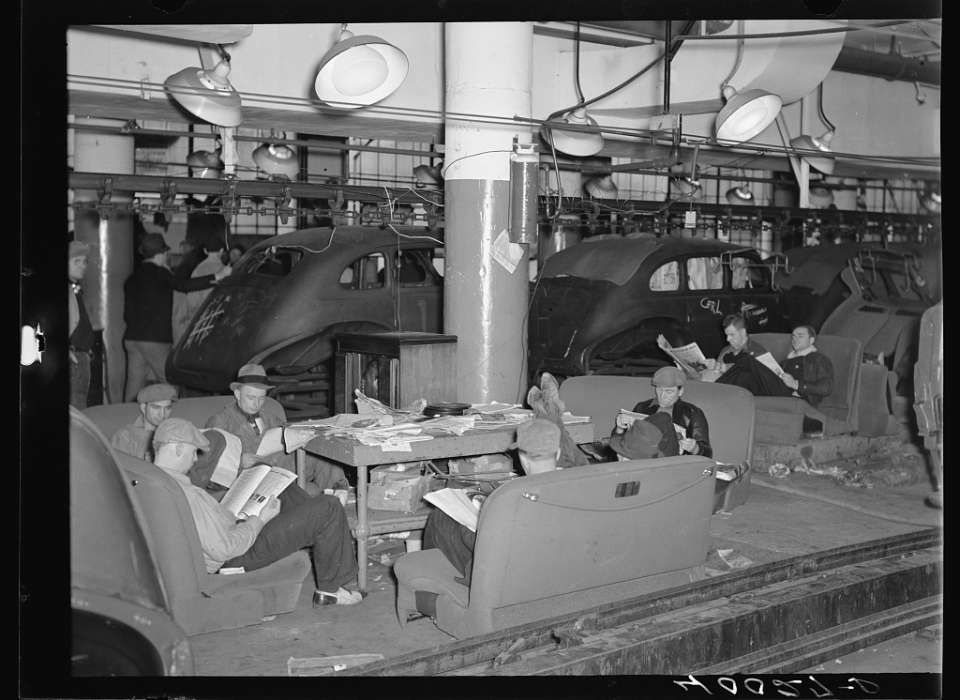
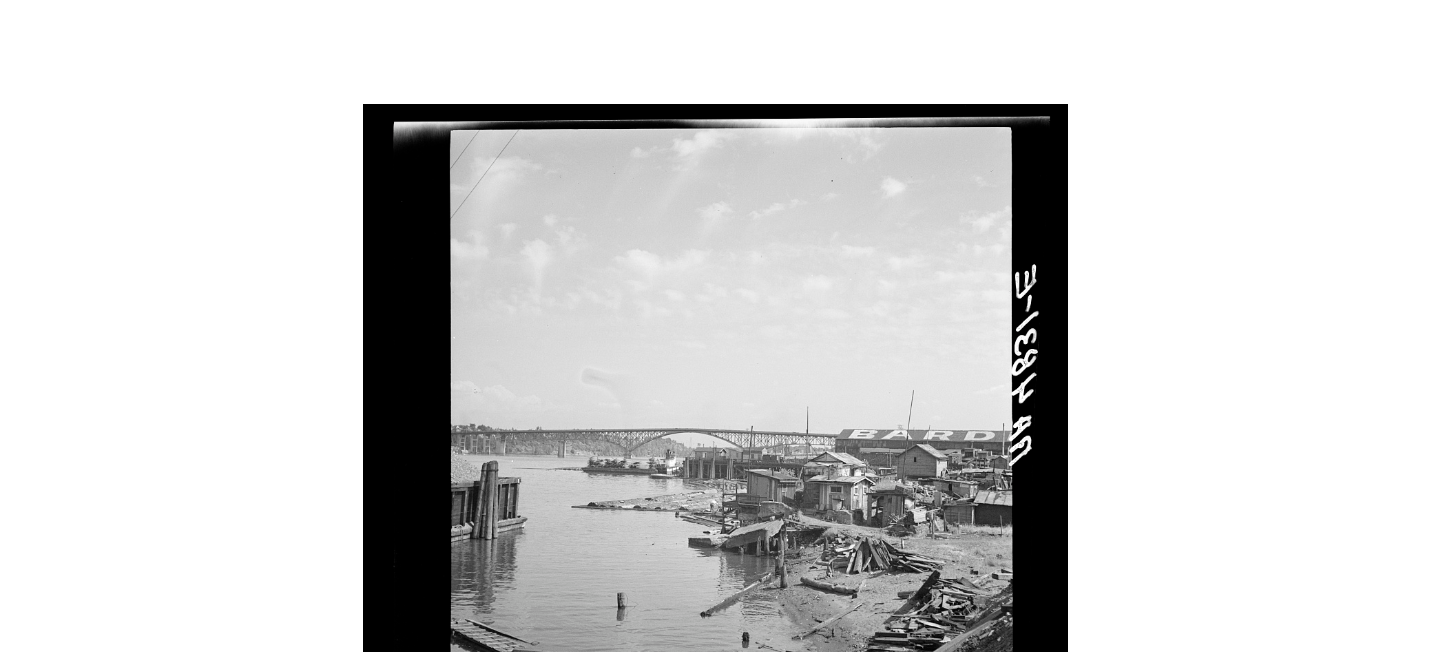
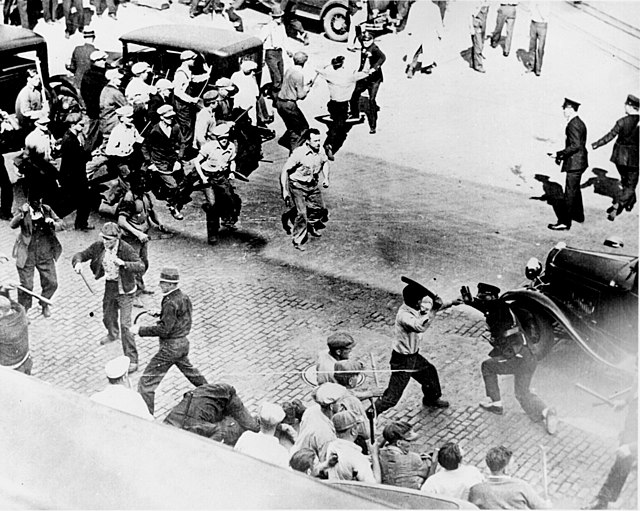
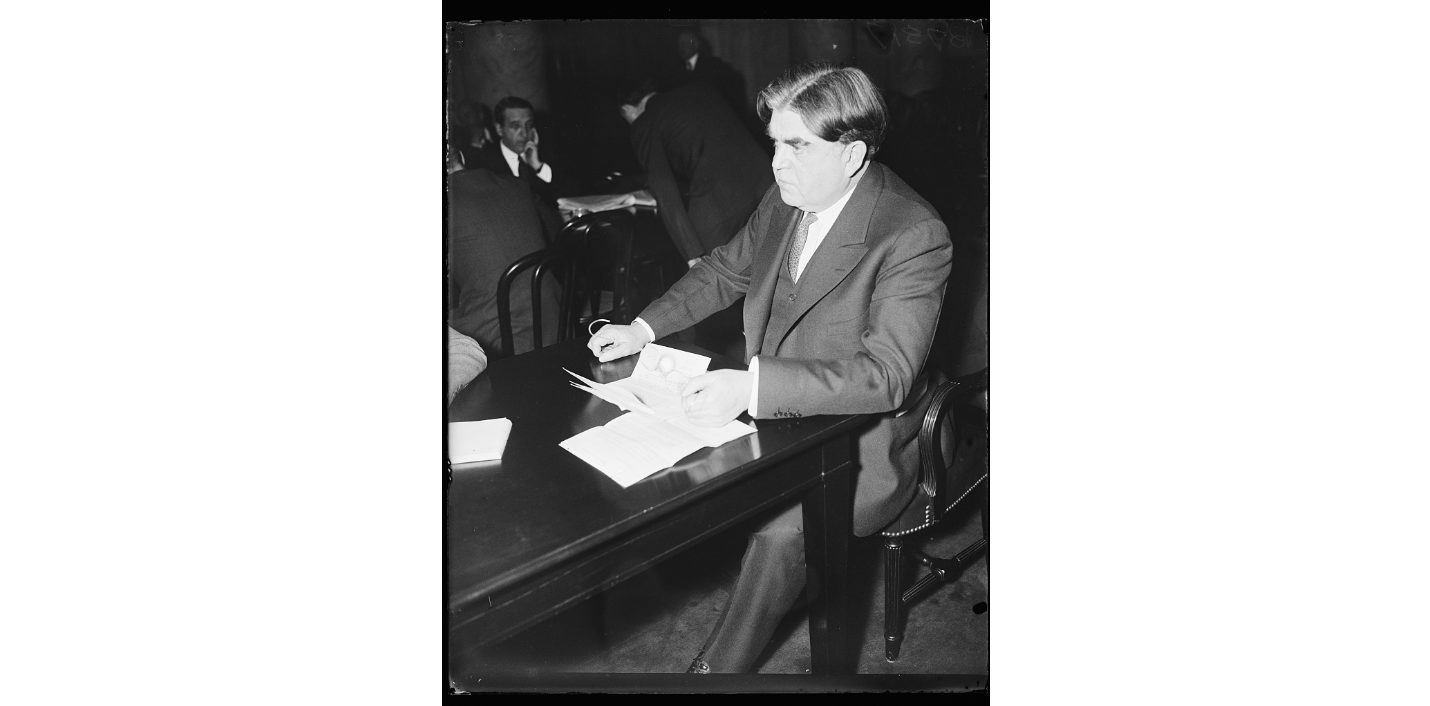
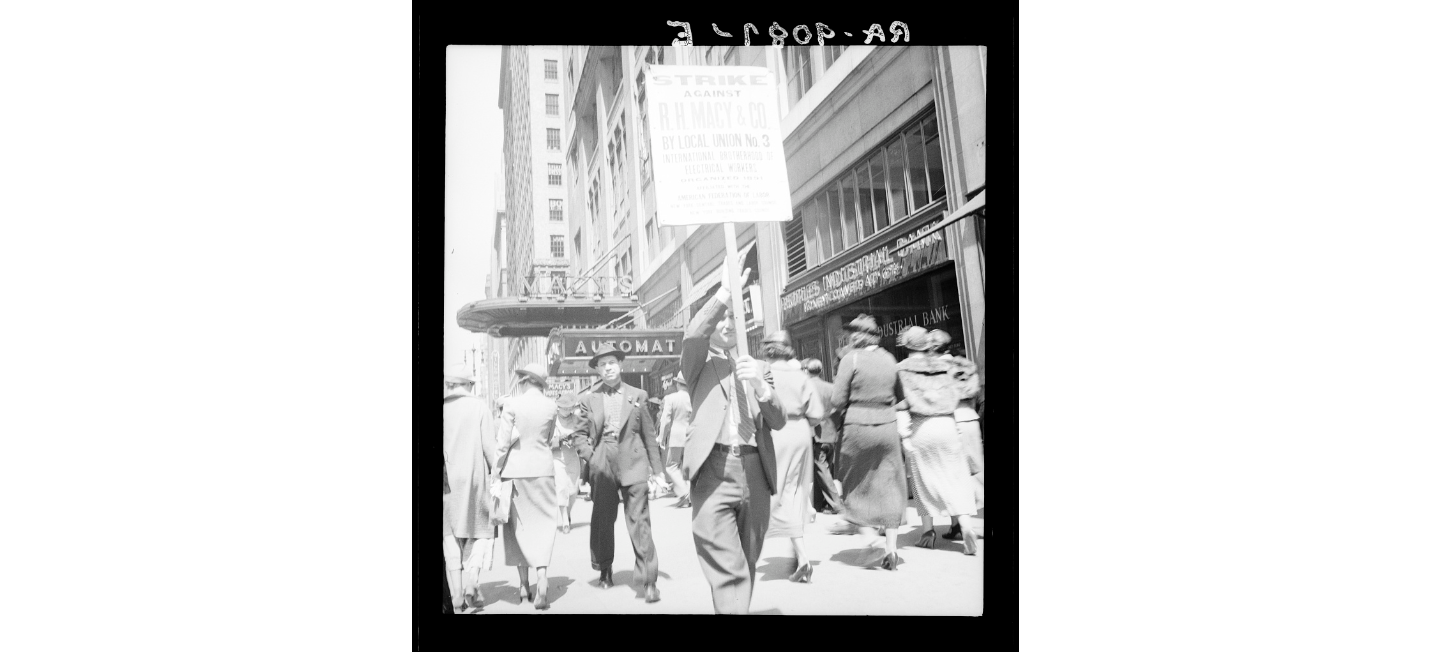
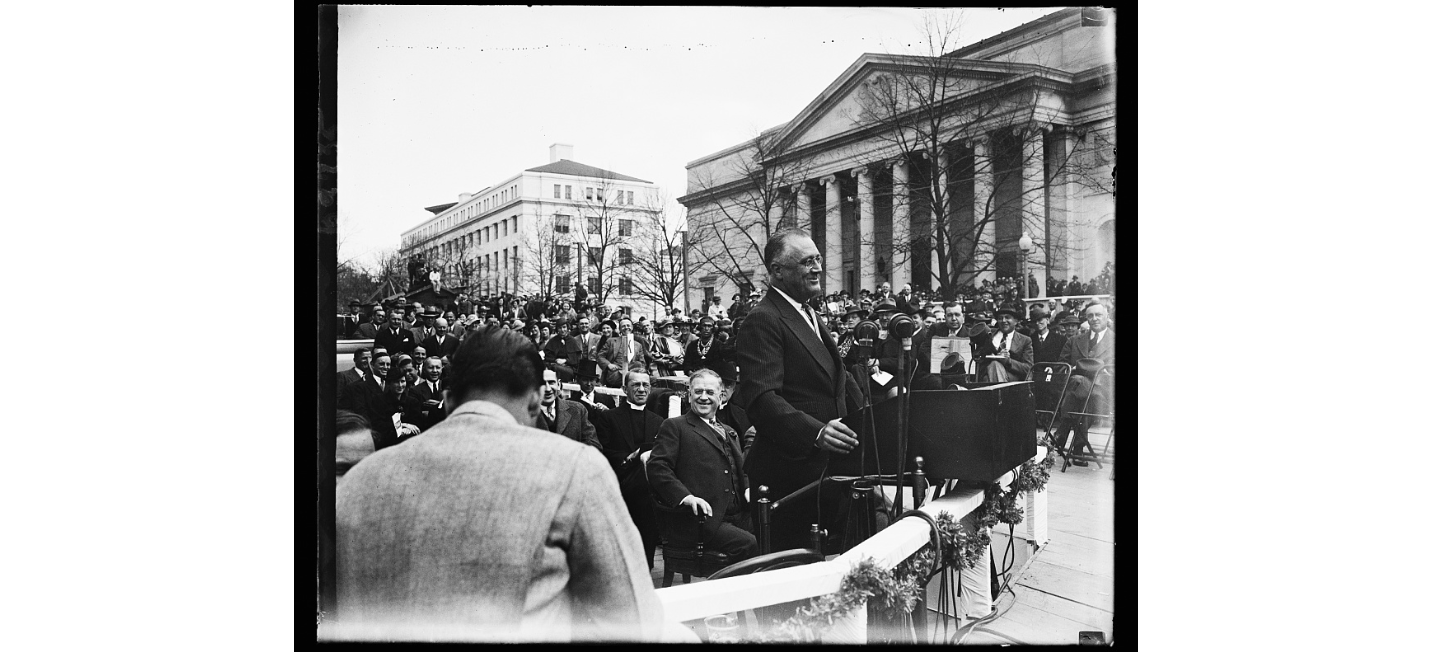





![Max Fuchs, New York City cantor, sings as Rabbi Sydney [sic] Lefkowitz, Richmond, VA, conducts the first Jewish services from Germany.](/sites/default/files/styles/max_650x650/public/2025-10/image1.jpg)


